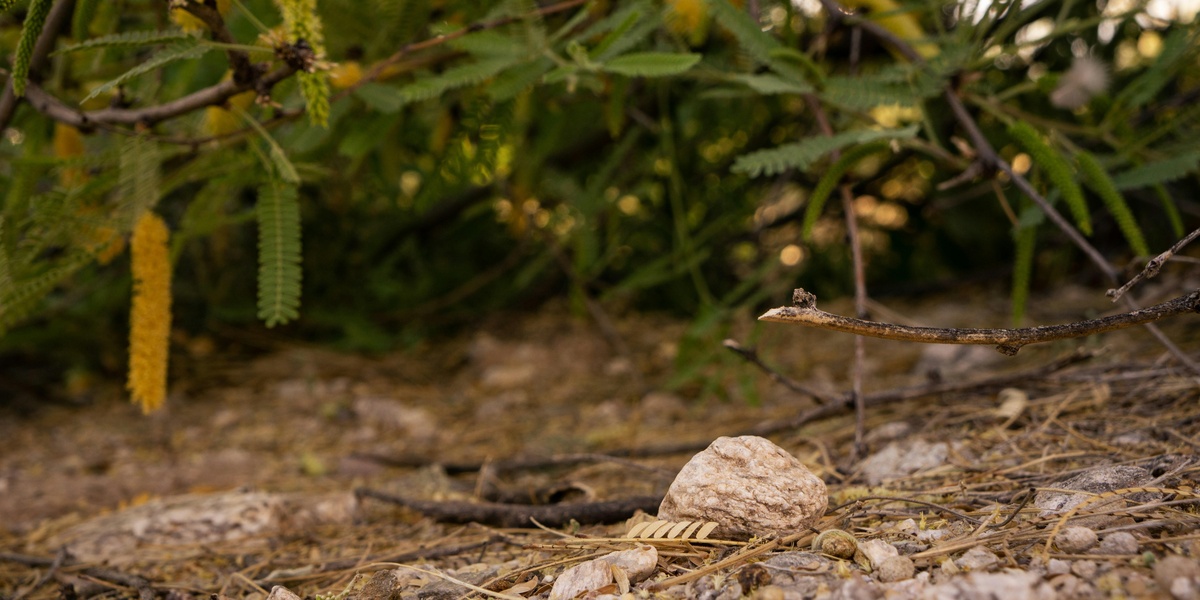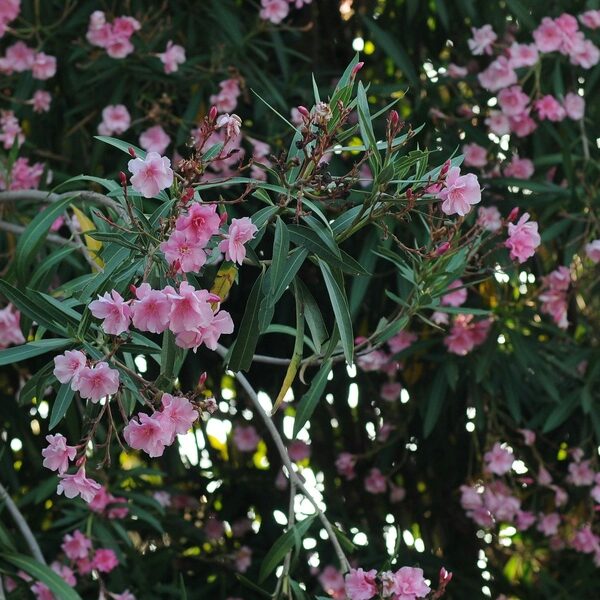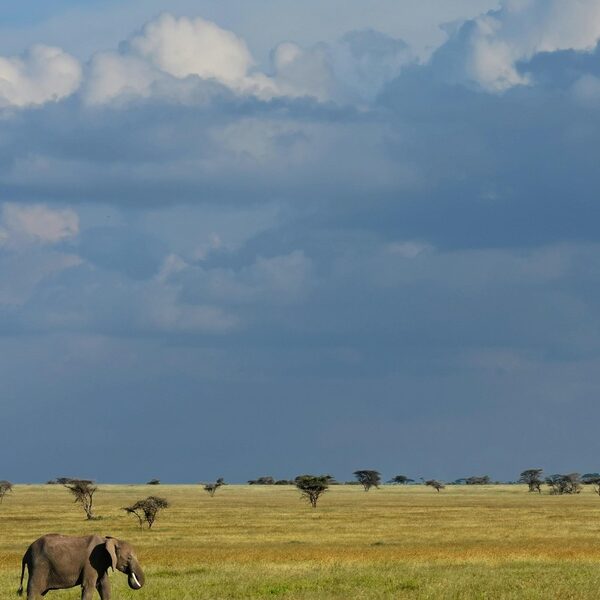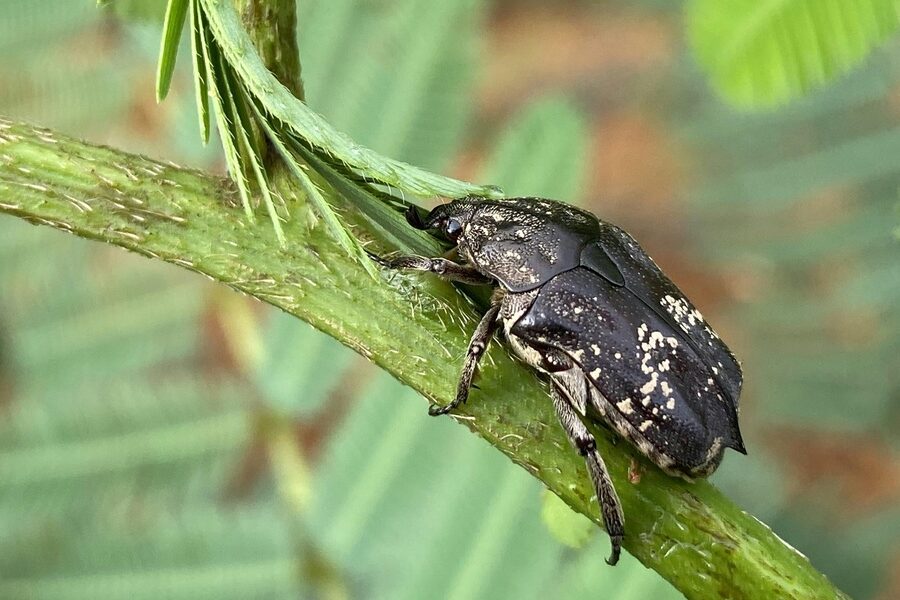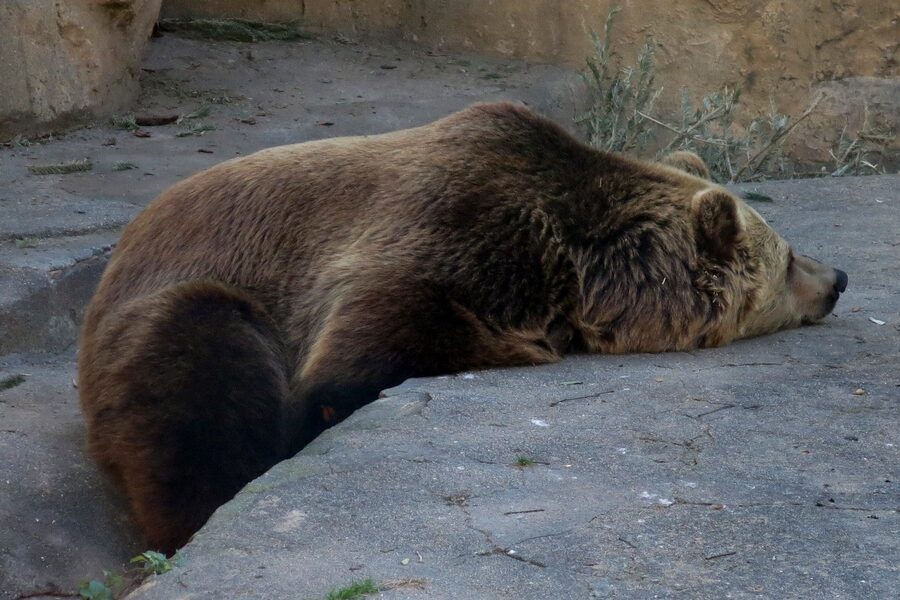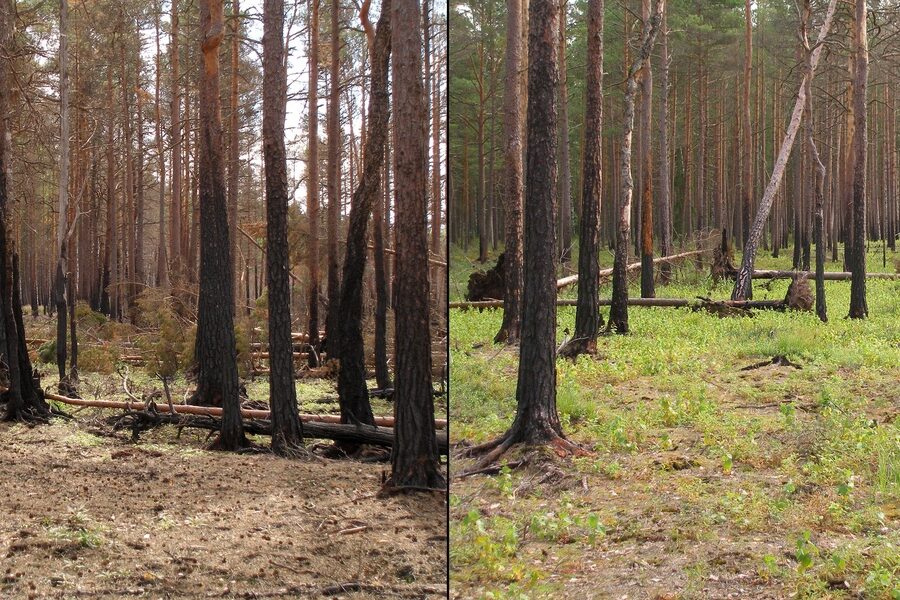Yemen’s varied landscapes—from Red Sea coastlines and fertile highlands to arid deserts—shape which organisms can take hold and spread. Increasing trade, shifting land use and changing climate patterns have made the country more vulnerable to non-native plants, animals and pathogens.
There are 15 Invasive Species in Yemen, ranging from Black Rat to Wheat Stem Rust (Ug99). Each entry is presented with Scientific name,Status,Where found in Yemen, which you’ll find below.
How do these invasive species affect Yemen’s crops and communities?
They reduce yields, damage stored food and outcompete native species, worsening food security and livelihoods; for example, rodents can devastate grain stores while pathogens like Ug99 threaten staple wheat, so impacts cascade from farm income to market prices and public health.
What practical steps can farmers and local authorities take to limit their spread?
Focus on prevention and early detection: improve storage and sanitation, use resistant crop varieties where available, report sightings to extension services, implement quarantine on new plant material or livestock, and coordinate community monitoring to catch and contain outbreaks quickly.
Invasive Species in Yemen
| Name | Scientific name | Status | Where found in Yemen |
|---|---|---|---|
| Mesquite | Prosopis juliflora | Established invasive; one of Yemen’s most damaging invasive plants. | Widespread in coastal plains (Tihama), lowlands, and wadis. |
| House Crow | Corvus splendens | Established invasive; population concentrated in a key port city. | Primarily in and around the city of Aden. |
| Tomato Leafminer | Tuta absoluta | Established invasive; a major agricultural pest of tomato crops. | Widespread in all tomato-growing agricultural areas. |
| Red Palm Weevil | Rhynchophorus ferrugineus | Established invasive; a lethal pest of date and other palms. | Primarily in date palm-growing regions like Hadhramaut and Tihama. |
| Fall Armyworm | Spodoptera frugiperda | Established invasive since 2018; a highly destructive agricultural pest. | Widespread in agricultural areas, affecting staple crops like maize and sorghum. |
| Parthenium Weed | Parthenium hysterophorus | Established invasive; an aggressive weed with multiple negative impacts. | Agricultural lands, roadsides, and wastelands in various governorates. |
| Lantana | Lantana camara | Established invasive; a toxic ornamental escapee forming dense thickets. | Wetter highlands, terraced farms, and wadis, including Socotra. |
| Black Rat | Rattus rattus | Established invasive; globally significant commensal and environmental pest. | Ubiquitous in urban, rural, and agricultural settings, including Socotra. |
| Wheat Stem Rust (Ug99) | Puccinia graminis f. sp. tritici | Established invasive pathogen; a virulent race threatening food security. | Widespread in wheat-growing regions of the highlands. |
| Cotton Mealybug | Phenacoccus solenopsis | Established invasive; a sap-sucking insect pest of many crops. | Agricultural areas, particularly on cotton, vegetables, and ornamentals. |
| House Sparrow (Socotra) | Passer domesticus | Introduced and established on Socotra, acting as an invasive species. | Confined to the Socotra Archipelago, particularly in towns and villages. |
| Feral Pigeon | Columba livia domestica | Established invasive; common in all human settlements. | Abundant in all cities, towns, and villages nationwide. |
| Mexican Poppy | Argemone mexicana | Established invasive; a toxic weed of disturbed lands. | Found in agricultural fields, wadis, and roadsides in several regions. |
| Tree Tobacco | Nicotiana glauca | Established invasive; a fast-growing, toxic shrub. | Common in disturbed areas, roadsides, and dry riverbeds (wadis). |
| Coffee Leaf Rust | Hemileia vastatrix | Established invasive pathogen of a key cash crop. | Present in all of Yemen’s highland coffee-growing regions. |
Images and Descriptions
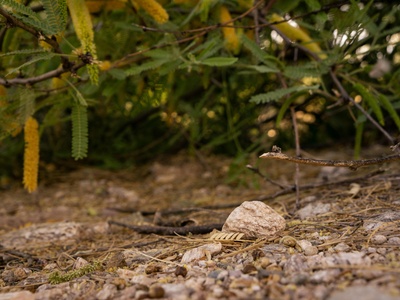
Mesquite
Native to the Americas, it forms dense thickets that consume vast groundwater and outcompete native plants. Control is difficult, involving mechanical removal, but its wood is valued for charcoal, creating complex management challenges.
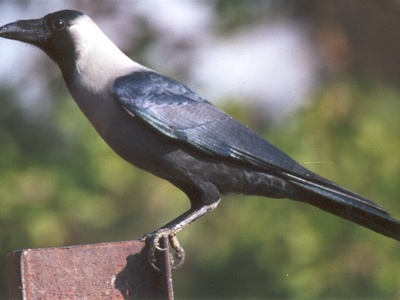
House Crow
Originating from South Asia, this aggressive bird displaces native species, preys on small animals, and is a major nuisance in urban areas. Control efforts in Aden have included culling campaigns to manage its population.
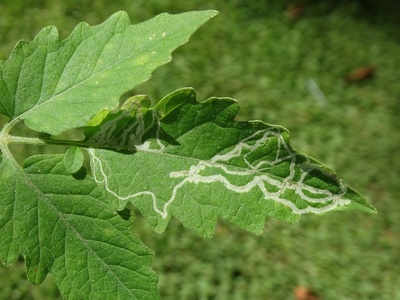
Tomato Leafminer
A tiny moth from South America whose larvae burrow into tomato leaves, stems, and fruit, causing up to 100% crop loss. Management relies on integrated pest management (IPM), including pheromone traps and biopesticides.
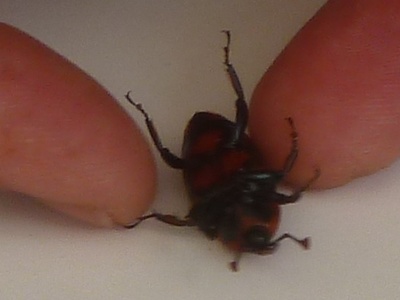
Red Palm Weevil
This large beetle’s larvae bore into the heart of palm trees, often killing them from the inside out. It’s a major threat to Yemen’s date industry. Control involves trapping, insecticide injection, and removing infested trees.
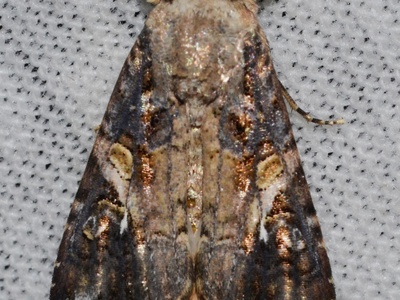
Fall Armyworm
Native to the Americas, the caterpillar of this moth voraciously feeds on over 80 plant species, posing a serious threat to food security. Farmers use biopesticides and careful monitoring to manage it.
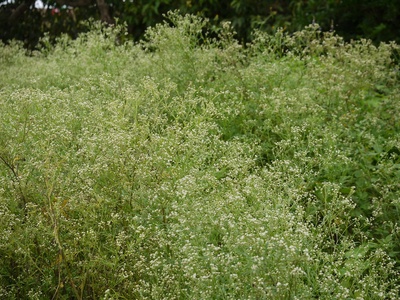
Parthenium Weed
From the Americas, this fast-growing weed reduces crop yields, degrades pastureland, and causes severe allergic reactions (dermatitis, asthma) in humans and livestock. Management involves manual removal before flowering.
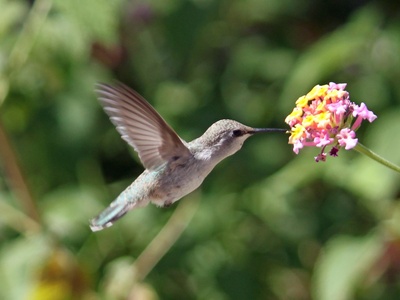
Lantana
Native to the American tropics, its dense, thorny thickets outcompete native plants and reduce grazing land. Its berries are toxic to livestock and humans. Control involves mechanical cutting and targeted herbicide application.
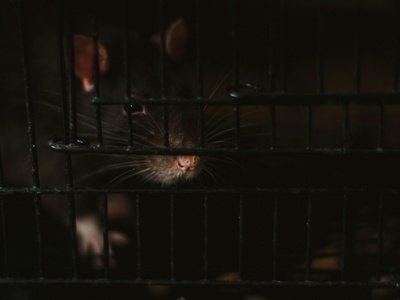
Black Rat
A global traveler, it spoils stored food, damages infrastructure by gnawing, and transmits diseases. On islands like Socotra, it is a devastating predator of native birds’ eggs and chicks, threatening endemic species.
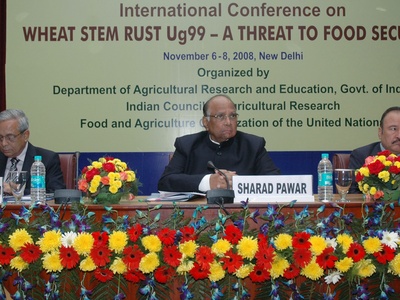
Wheat Stem Rust (Ug99)
A fungal pathogen race that has overcome many rust-resistant wheat varieties. Its presence in Yemen poses a grave threat to wheat production locally and for regions beyond. Control focuses on planting new resistant cultivars.
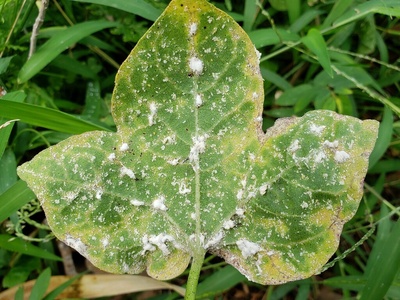
Cotton Mealybug
Originating in North America, this pest feeds on a wide range of plants, stunting growth and reducing yields. It also produces honeydew, which leads to sooty mold. Management includes biological control with parasitic wasps.
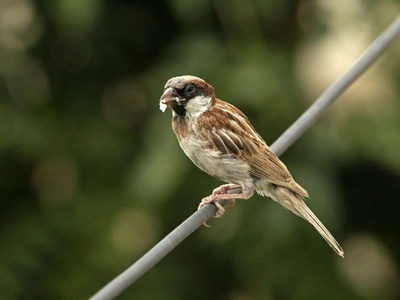
House Sparrow (Socotra)
While native to mainland Eurasia, its introduction to Socotra is a conservation concern. It competes aggressively with endemic birds like the Socotra Sparrow for food and nesting sites, threatening the unique local avifauna.
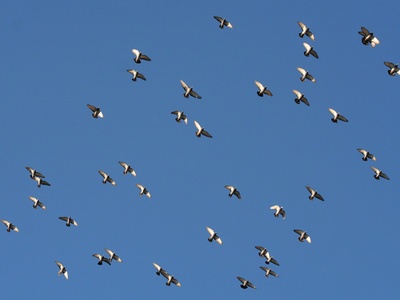
Feral Pigeon
Descended from domesticated rock doves, these birds thrive in urban environments. Their droppings deface buildings, can pose a health risk, and they may outcompete native rock doves in natural cliff habitats near cities.
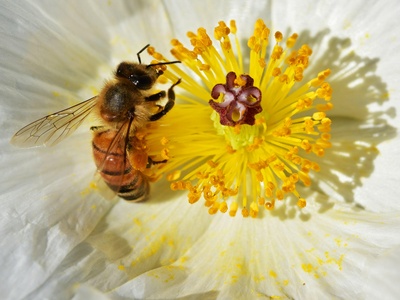
Mexican Poppy
Native to the Americas, this spiny, yellow-flowered plant is toxic to livestock if ingested and its seeds can contaminate grain harvests. It readily colonizes disturbed soil, reducing land productivity and posing a health risk.
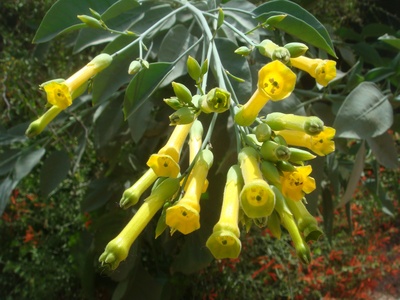
Tree Tobacco
From South America, this water-hungry plant can quickly dominate disturbed landscapes, displacing native flora. All parts of the plant are highly toxic to livestock and humans, posing a significant poisoning risk.
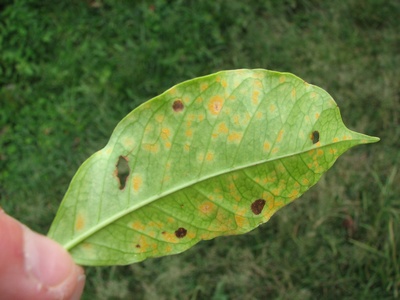
Coffee Leaf Rust
This fungal disease appears as yellow-orange spots on coffee leaves, causing them to drop prematurely and severely reducing berry yield. It is a major economic threat to Yemen’s famous and high-value coffee industry.
